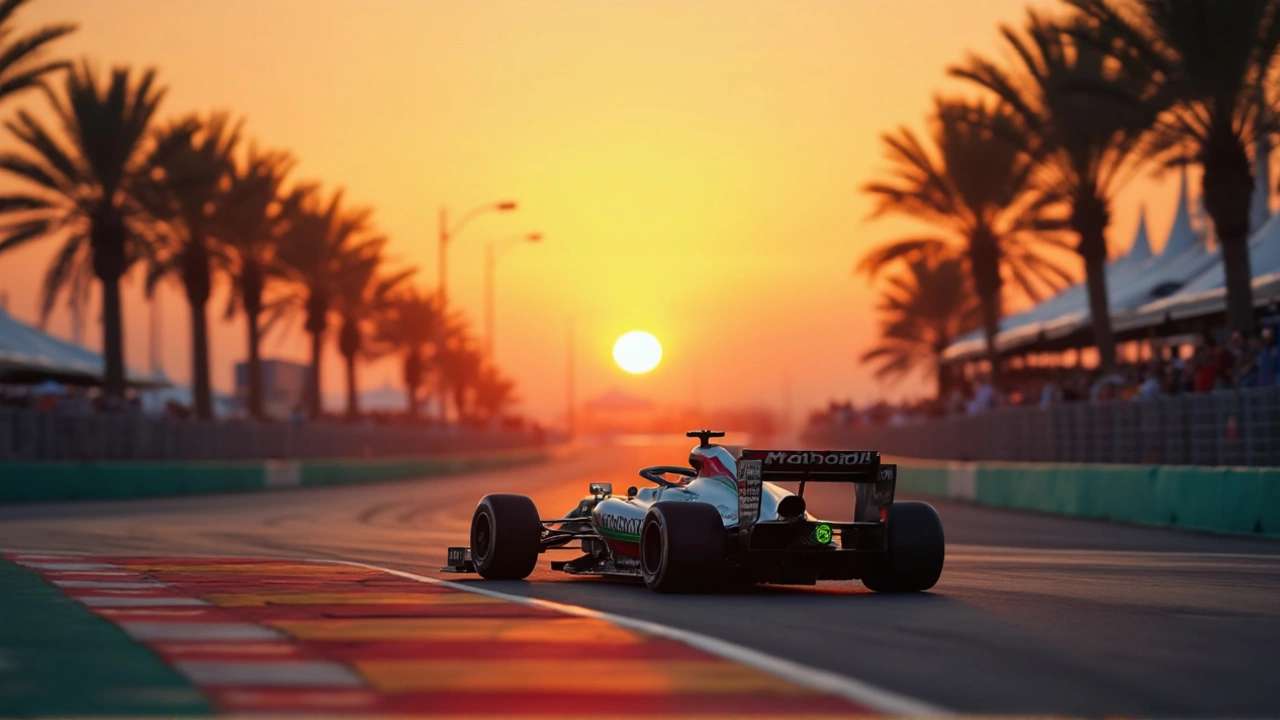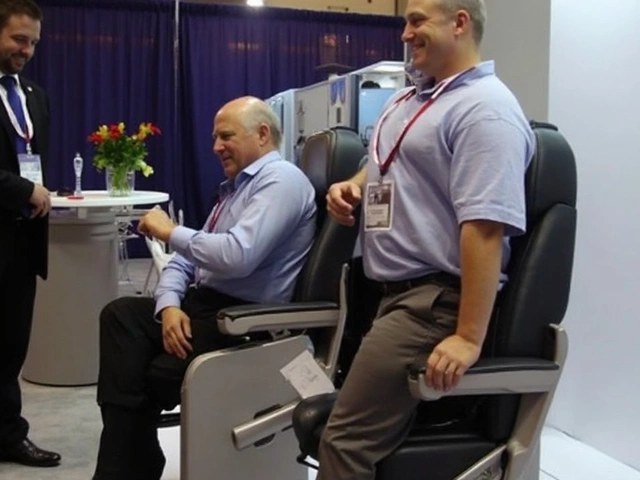Qualifying Session: What It Is and Why It Matters
When you hear the word "qualifying" in motorsport, think of the stopwatch showdown that decides the starting grid. It’s not a random draw – it’s a pure test of speed, precision, and strategy. Whether you’re glued to a Formula 1 broadcast or watching a local club race, the qualifying session is where drivers push their cars to the limit for one lap or a series of short runs.
How a Qualifying Session Works
Most series split qualifying into three parts: Q1, Q2 and Q3. In Q1, everyone gets a few minutes to set a lap; the slowest drop out. The remaining drivers move to Q2, repeat the process, and the top‑five fight it out in Q3 for pole position. Some series, like IndyCar, use a single timed session where the fastest lap wins. The key takeaway? Every second counts, and a tiny mistake can drop you several places on the grid.
Tips to Follow the Action Like a Pro
1. Watch the timing screens – they show each driver’s best lap and sector splits, which tells you where the car is fastest. 2. Listen to the pit commentary – crews often explain why a driver is pushing hard or why they pit for fresh tires. 3. Spot the weather changes – a sudden rain shower can wipe out earlier times and give late runners a surprise advantage. 4. Compare lap times to race pace – a qualifying lap may be 2‑3 seconds faster than the fastest race lap because the car runs low fuel and extreme settings.
Understanding these details makes qualifying more exciting than a simple “who’s fastest?” race. It also helps you predict the race start: drivers at the front usually have clean air and can pick their line without traffic, while those further back must weave through slower cars.
Fans often wonder why drivers sometimes barely scrape the track in qualifying. That’s because they run on a softer tire compound that gives maximum grip for just a few laps before it degrades. The trade‑off is a slower tire for the actual race, where durability matters more than outright speed.
Another common question is why teams change cars between qualifying and race. In series that allow it, a fresh engine or a different aerodynamic setup can give a qualifying boost. The rules limit how many changes you can make, so teams plan carefully to balance qualifying performance with race reliability.
Finally, keep an eye on the “track evolution.” As more cars run, the rubber laid down makes the surface faster. That’s why you’ll often see the fastest times set in the final minutes of a session.
Whether you’re a casual viewer or a budding racing enthusiast, knowing the basics of a qualifying session adds depth to every broadcast. It turns a simple lap time table into a story of strategy, risk, and split‑second decisions that shape the race that follows.

The 2025 Abu Dhabi Grand Prix is set to wrap up the F1 season with its qualifying session on December 6, followed by the main race on December 7. Taking place at the iconic Yas Marina Circuit, known for its 5.281 km track and recent enhancements, this event promises thrilling races, including support events like Formula 2. This year's race builds on past highlights, with winners such as Lando Norris and Max Verstappen.
Continue Reading





